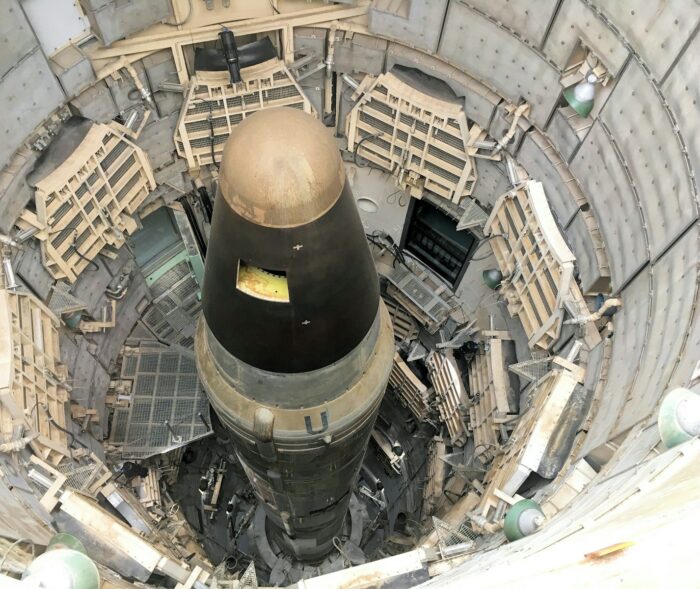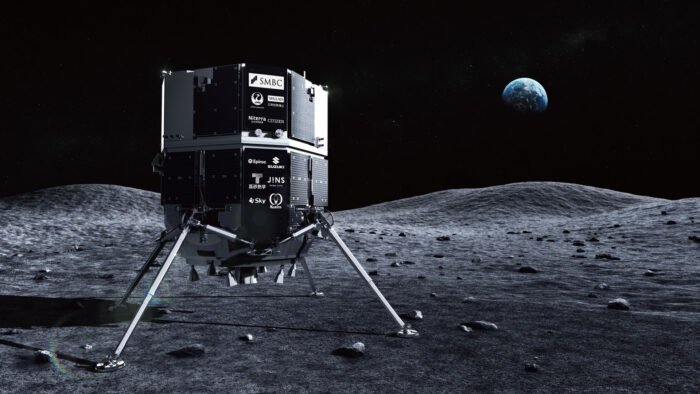Insider Brief
- Researchers are investigating how quantum computing could be used in calculations to stabilize cyclic ozone within fullerene cages, potentially leading to more efficient rocket propellants with up to 33% increased payload capacity — potentially a savings of millions per launch.
- While the theoretical benefits are substantial, the practical application remains far off due to the immense computational resources required and unresolved technical hurdles.
- If successful, quantum-assisted propellants could revolutionize rocket efficiency and reduce costs, but the technology is not yet ready for immediate implementation in the rocket-space industry.
The rocket-space industry is always on the lookout for ways to improve efficiency, reduce costs and push the boundaries of what’s possible in space exploration.
A recent study by HRL Laboratories and Boeing, published on the preprint server arXiv, explores a new approach that could lead to significant advancements in rocket propulsion by leveraging quantum computing. The focus is on stabilizing a high-energy-density molecule, cyclic ozone, within fullerene cages—a development that could dramatically enhance rocket fuel efficiency.
Cyclic ozone is an attractive candidate for rocket fuel due to its high energy density. However, its extreme reactivity has historically made it impossible to isolate and utilize effectively. The researchers propose that encapsulating cyclic ozone within fullerene cages, a type of carbon molecule, could stabilize the molecule and make it viable for use as a rocket propellant. This approach is similar to strategies previously considered for hydrogen storage and could potentially increase the specific impulse of rocket fuel—a measure of fuel efficiency—by up to 33%.
A 33% increase in specific impulse could translate to rockets carrying significantly more payload, thereby reducing the cost per launch and enhancing the overall efficiency of space missions. For instance, a SpaceX Falcon Heavy rocket, which currently can carry up to 63,800 kg to low Earth orbit (LEO), could potentially carry an additional 21,000 kg of payload if this technology were implemented. This would have profound implications for both commercial and scientific missions, offering more flexibility and capability at a lower cost.
However, the practical application of this concept remains a significant challenge. The study highlights the difficulty in synthesizing and stabilizing cyclic ozone using traditional methods, which are beyond the capabilities of classical computational approaches. This is where quantum computing could play an essential role. The researchers used quantum phase estimation (QPE) and other advanced quantum algorithms to estimate the resources required to determine the stability of cyclic ozone within fullerene cages.
Their findings suggest that while the theoretical potential is significant, the computational resources needed are immense.
For the rocket-space industry, the practicality of this approach hinges on the ability of quantum computers to handle the complex calculations required. The study estimates that a detailed quantum computation of this problem could require millions of physical qubits and operational times extending into multiple years, even with optimistic assumptions about hardware efficiency. As a result, while quantum computing offers a promising avenue for developing more efficient rocket propellants, the technology is not yet ready for immediate application.
The economic implications of successfully developing quantum-assisted rocket propellants are substantial. The study suggests that if the technology can be scaled and made practical, the 33% increase in payload capacity could result in an additional $32 million in value per rocket launch. However, this potential is tempered by the significant technical and practical challenges that remain.
Stabilizing cyclic ozone outside of a fullerene cage may not be feasible, and even within a cage, the additional weight could offset some of the fuel’s benefits. Additionally, the complexity of safely storing and handling this propellant and integrating it into existing rocket designs presents further hurdles.
Share this article:










